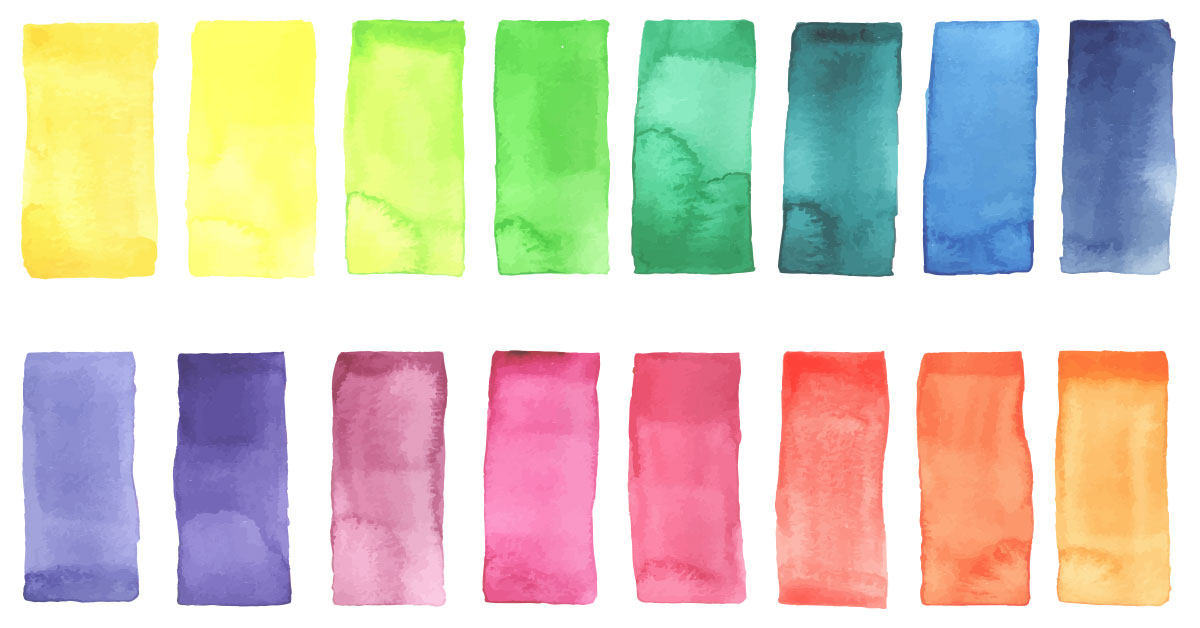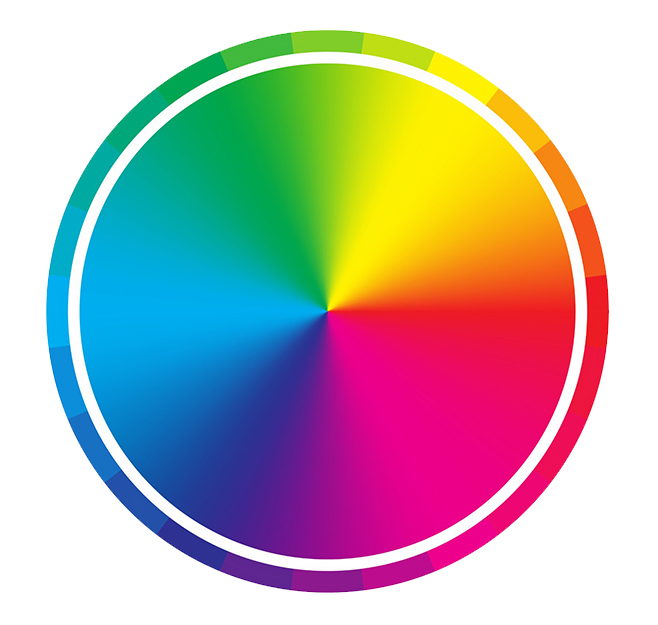How Color Influences Our Lives
by Bonnie Cripe
I want you to close your eyes and imagine the color Red. How does it feel? What does it smell like? What mood does it put you in? Think about it.
Reactions to certain colors have been found to be universal. If you say “red” people say “blood” or if you say “blue” the reaction is sky. It is understood in all languages and cultures. Of course, there is always the slang associations which are unique to each culture. If I say “I’m going to paint the town red” or “he’s a yellow- bellied coward” we all know what I mean, but someone in Africa may not.

Color permeates every area of our lives – from the way we feel to how we think and even our perceptions. How color affects us has been studied for years. There was a study in Norway on the effects of color and time perception. It was found that cool colors make people feel they have spent less time in a room, while in the presence of warm colors, people overestimate time. In most restaurants, the décor is done in warm colors because people tend to eat more. Think about it, the warm colors stimulate appetite and make people feel they have been there a long time. The restaurant makes more money in a shorter amount of time than if the restaurant is done in blues and greens. Knowing the effect of color is good business!
Color can also affect our health. In the same Norwegian study, it was also found that people not only see colors, but feel them as well. In the room done in blue, people set the thermostat four degrees higher than in the red room. If I say “hospital green”, everyone knows what color I’m talking about because most hospitals and health care centers are painted in the same color. That’s because green reduces nervous tension and eyestrain; it heals and rejuvenates. The color blue is relaxing and it tends to lower blood pressure. Orange will stimulate appetite and the color yellow will help get your digestive juices flowing.
Image is another area where color is an extremely important component. What is a typical business suit for “successful and important” men? Navy blue suit with a tie that has both red and navy blue, right? That’s because navy blue is a color that says “I’m professional, reliable, independent, and stable.” People also trust you more if you are wearing blue. Red is a “power” color. It is also an action color that says “I mean business, I will take action and follow through”; red is also a color that says “let’s party” if you’re wearing a lot of it. Even though leaders in the tech companies tend to wear T-Shirts and jeans and more relaxed attire, if you look at people on Wall Street or in Washington D.C., you will still find the navy suits and red ties.
Color not only affects how others see us, but how we feel about ourselves. Color analysis has become very popular. Wearing the “right” colors can give a person energy and self-confidence. When a person feels good about him/herself, others tend to relate differently to that person than if he/she has low energy and lacks confidence.

What is happening in our world at the moment affects color trends in clothing design and what colors we use in our homes. In times of war or stressful times, people gravitate toward dark or moody colors. In the seventy’s, a time of distress in our country, the trending colors were olive green (one of the most depressing colors for a living room) and dark orange. Orange is about communication and it was a time people were protesting all over the country.
When our country went into a more peaceful time, people wanted light and bright colors. Now, with things in our country and the world being uncertain and stressful for many people, trends are going from whites and light colors to more moody colors such as brown.
Choice of color can also depend on our personality. A person who is an extrovert will tend to prefer warm colors because they draw attention outward from ourselves and into the environment. They create an environment that is conducive to activity and physical effort. They are action colors. Cool colors, soft colors, and dark colors tend to help us focus our attention inward. They are good for sedentary tasks and help us to better concentrate on what we are doing.
Individual colors can say a lot about a person. A person who wears a lot of orange is probably a “free thinker”. Purple is a color often associated with a person who is very spiritual. Purple is also associated with those who are very artistic and those who are considered psychic. A person who wears a lot of black is probably very independent.
Musicians often “feel the color” of notes and write their music according to the colors they are emotionally in tune with and feeling at the time – red will be lively, passionate, and exciting; green will be soothing and soft; pink will come out as tender and caring in their music. We’ve all heard the songs with words like “I’m feeling blue”.
I want you to close your eyes again and imagine the color you would be right now…